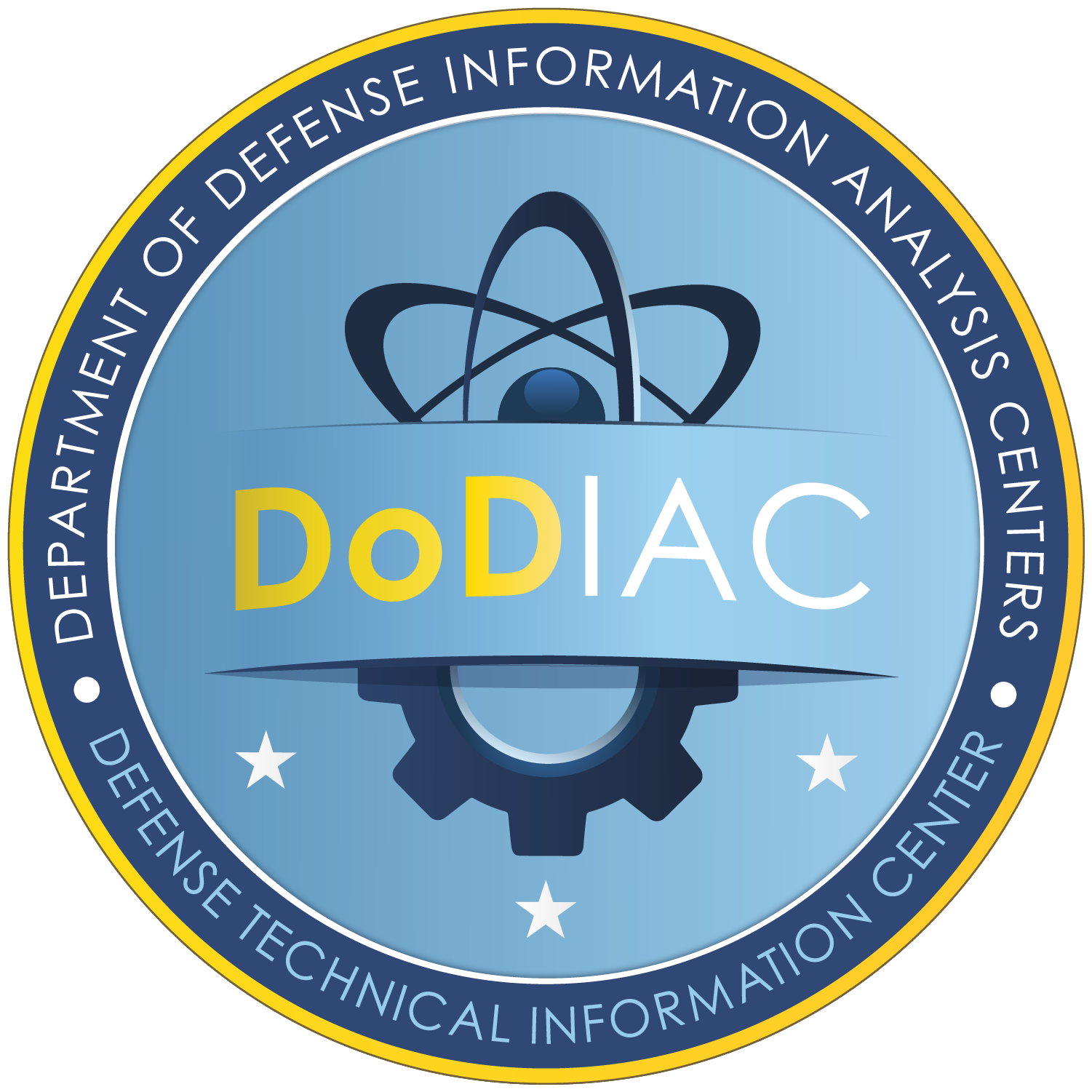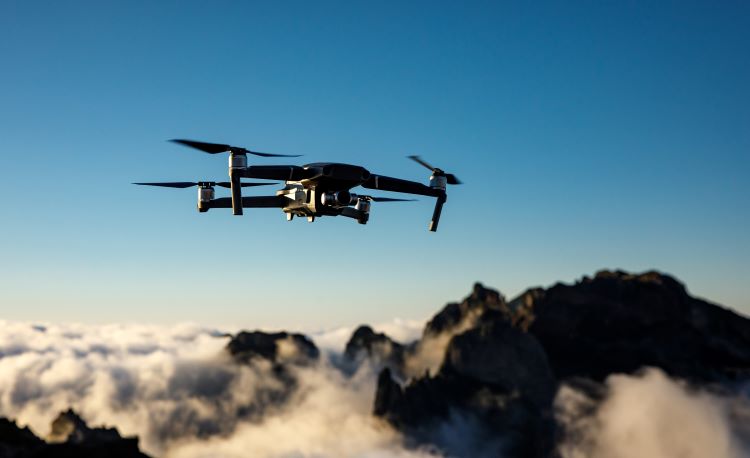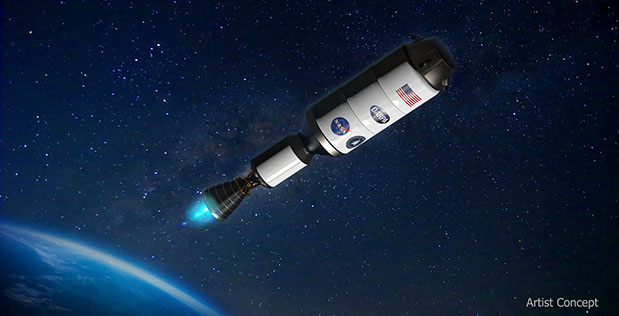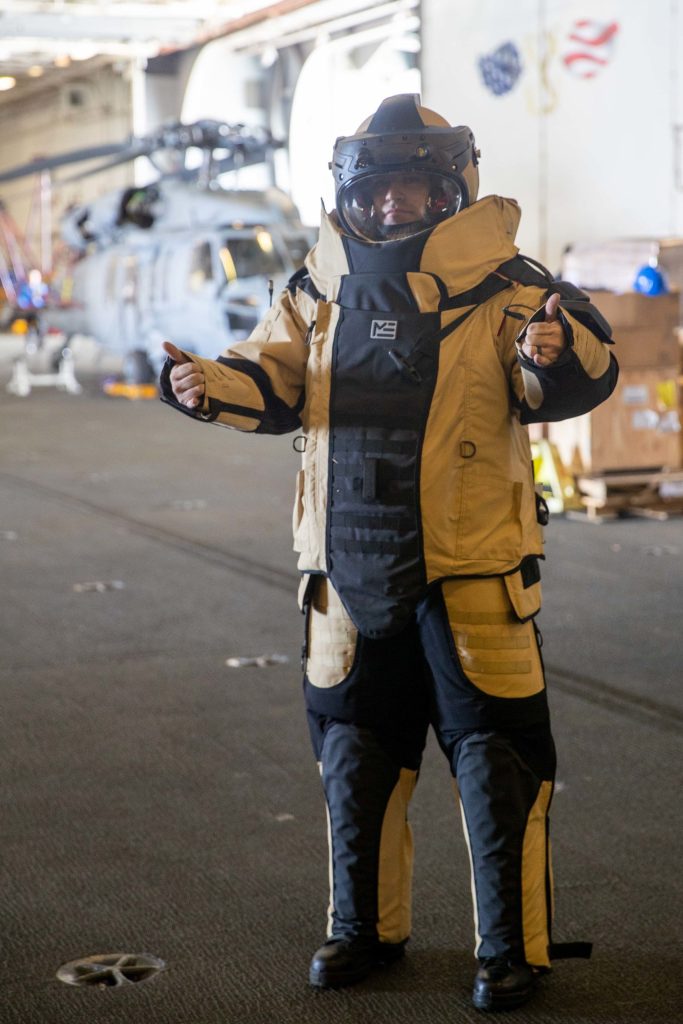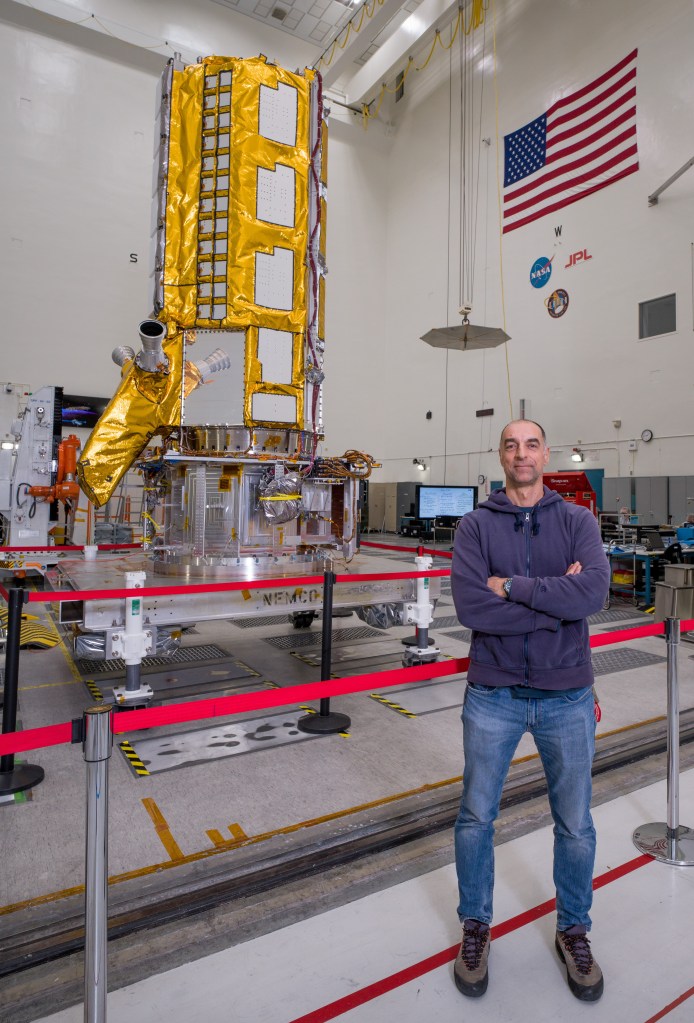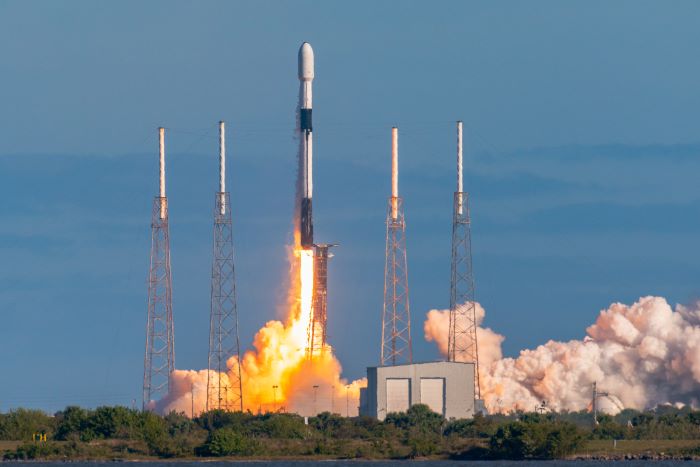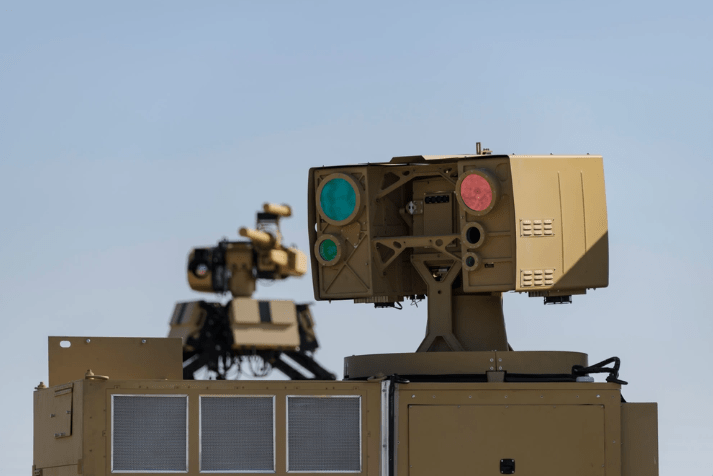Are you interested in delivering a webinar presentation on your DoD research and engineering efforts?
DSIAC hosts live online technical presentations featuring a DoD research and engineering topic within our technical focus areas.
Host a Webinar with dsiac
Upcoming Webinars
Automated/Autonomous Impacts Routing – Path Optimization Through Adverse Atmospheric Effects and Obstacles
Automated Impacts Routing (AIR) is a software system that uses a modified version of the A* algorithm by including environmental (atmosphere/terrain) effects coupled with shortest path calculations. It allows best and second-best path solutions as…
The Next Frontier in Energy and Materials: Turbostratic Graphene
Unlike conventional single- or few-layer graphene, turbostratic graphene, which is derived from biomass feedstock, can perform across a wide range of metrics and applications. To raise awareness and increase domestic production of turbostratic graphene, this…
Past Webinars
Overview of Space Nuclear Propulsion and Power
Commercial and government agencies are exploring novel space missions that would expand or enhance various capabilities in near-Earth and interplanetary regimes. These missions may require…
NSWC Indian Head Division Battle Lab
In the last decade, Warfighters have grown reliant on commercial-off-the-shelf (COTS) equipment to meet their operational needs rather than use traditional U.S. Department of Defense…
Antenna Systems for Space Applications at the National Aeronautics and Space Administration Jet Propulsion Laboratory
Antenna developments for space applications have a long history at the National Aeronautics and Space Administration (NASA) Jet Propulsion Laboratory. Starting from the 1970s, Voyager;…
In-Space Developmental Test Persistent Platform at the U.S. Space Force
To accelerate new technology development, overcome the technical readiness levels 4‒7 “Valley of Death,” and reduce acquisition cost, the U.S. Space Force (USSF) started an…
Experimental Protective Coatings for CDEW Applications
Researchers have taken many avenues to mitigate how high-energy laser (HEL) weapons affect platform survivability because of size, weight, performance, and cost factors. Protective coatings…
The Effects of Corrosion on Ballistic Protection of Armor and Methods to Prevent and Treat Corrosion in Armored Vehicles
The Defensive Equipment and Armored Vehicle Division (DEAV) of the Department of State (DoS) has seen repeated and extensive corrosion on armored vehicles (AVs) at…

